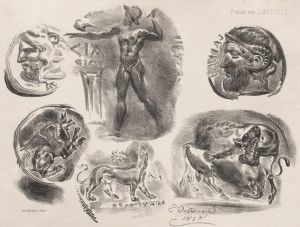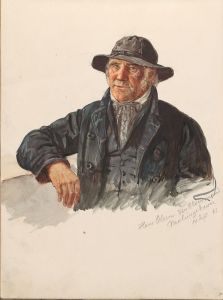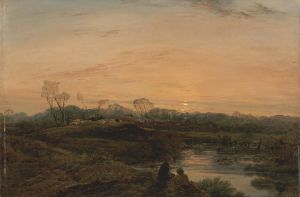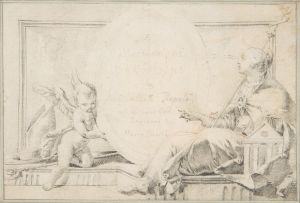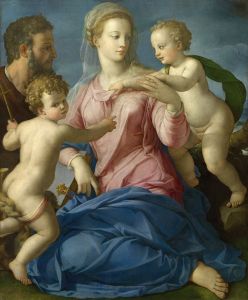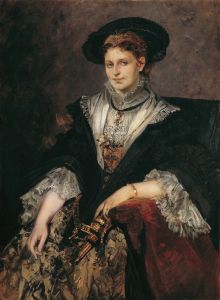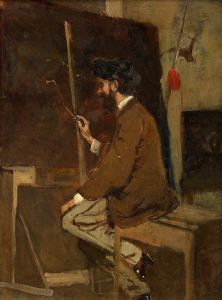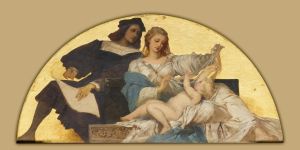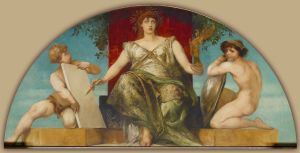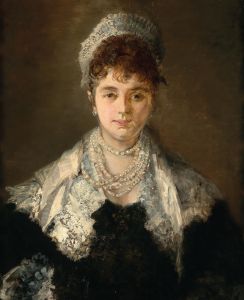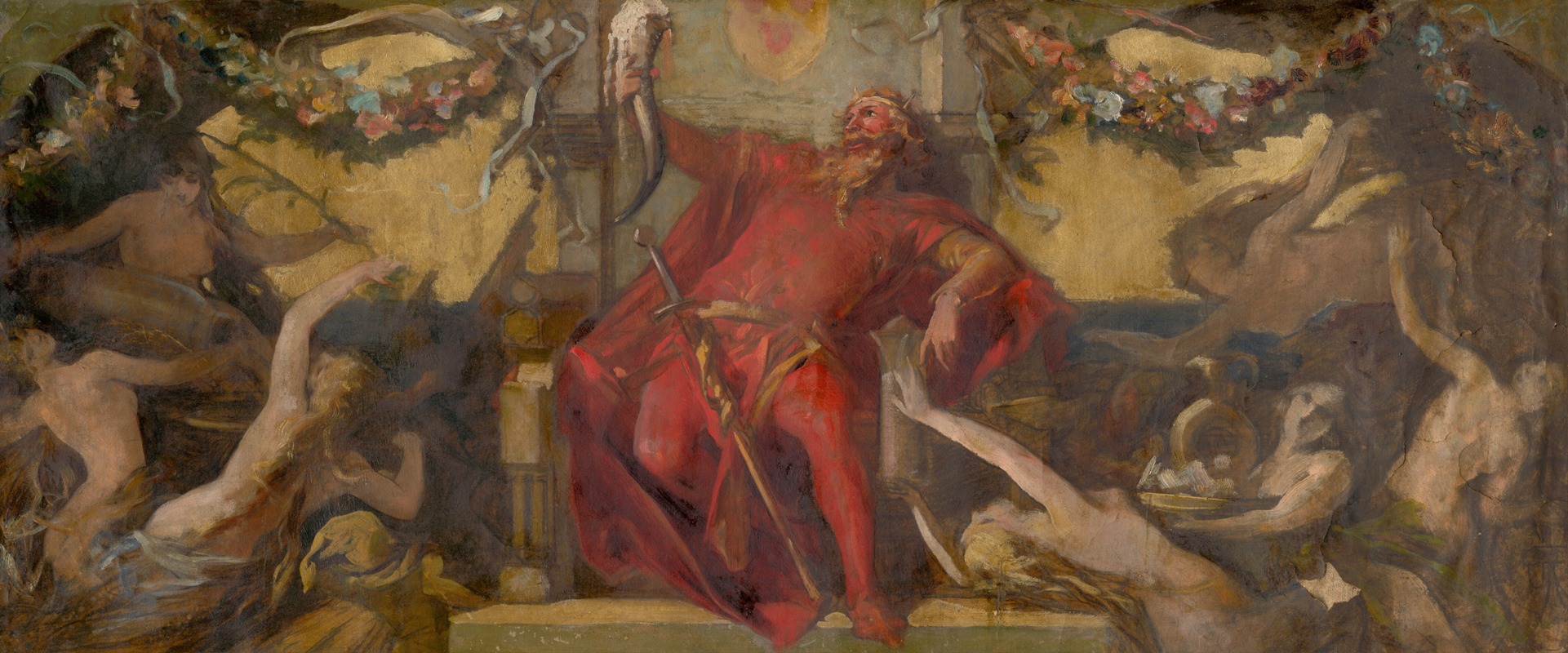
Gambrinus
A hand-painted replica of Hans Makart’s masterpiece Gambrinus, meticulously crafted by professional artists to capture the true essence of the original. Each piece is created with museum-quality canvas and rare mineral pigments, carefully painted by experienced artists with delicate brushstrokes and rich, layered colors to perfectly recreate the texture of the original artwork. Unlike machine-printed reproductions, this hand-painted version brings the painting to life, infused with the artist’s emotions and skill in every stroke. Whether for personal collection or home decoration, it instantly elevates the artistic atmosphere of any space.
Hans Makart was a renowned Austrian painter of the 19th century, celebrated for his historical and allegorical paintings, as well as his influence on the Viennese art scene. One of his notable works is "Gambrinus," a painting that reflects his characteristic style and thematic interests.
"Gambrinus" is a depiction of the legendary figure often associated with beer and brewing. In folklore, Gambrinus is considered the patron saint of beer, a jovial king who is credited with the invention of beer or at least its popularization. This subject matter aligns well with Makart's penchant for grand, theatrical compositions and his interest in historical and mythological themes.
Hans Makart was born on May 28, 1840, in Salzburg, Austria. He studied at the Academy of Fine Arts in Vienna and later in Munich, where he developed his distinctive style characterized by vibrant colors, dramatic compositions, and a focus on opulent and often sensual subjects. Makart became a leading figure in the Viennese art world, influencing the city's cultural life significantly during the late 19th century.
The painting "Gambrinus" showcases Makart's mastery of color and form. While specific details about the painting's creation and its current location are not widely documented, it is consistent with Makart's other works in its use of rich, vivid colors and dynamic composition. Makart's paintings often featured elaborate costumes and settings, drawing on historical and allegorical themes to create visually stunning and emotionally engaging works.
Makart's influence extended beyond painting; he was a central figure in the cultural life of Vienna, known for his role in organizing grand artistic events and influencing the decorative arts. His style, often referred to as "Makartstil," left a lasting impact on the aesthetics of the time, particularly in interior design and fashion.
Despite his success, Makart's career was relatively short. He died on October 3, 1884, at the age of 44. However, his legacy endured, and his works continue to be celebrated for their contribution to the development of 19th-century art.
While "Gambrinus" may not be as widely recognized as some of Makart's other works, such as "The Five Senses" or "The Entry of Emperor Charles V into Antwerp," it remains an example of his ability to bring historical and mythological figures to life with his distinctive artistic flair. Makart's work, including "Gambrinus," is appreciated for its technical skill, imaginative composition, and the way it captures the spirit of its time.
In summary, Hans Makart's "Gambrinus" is a testament to the artist's talent and his ability to blend historical and mythological themes with a vibrant, theatrical style. While specific details about the painting may be limited, it remains an important part of Makart's oeuvre and a reflection of his impact on the art world of his era.






